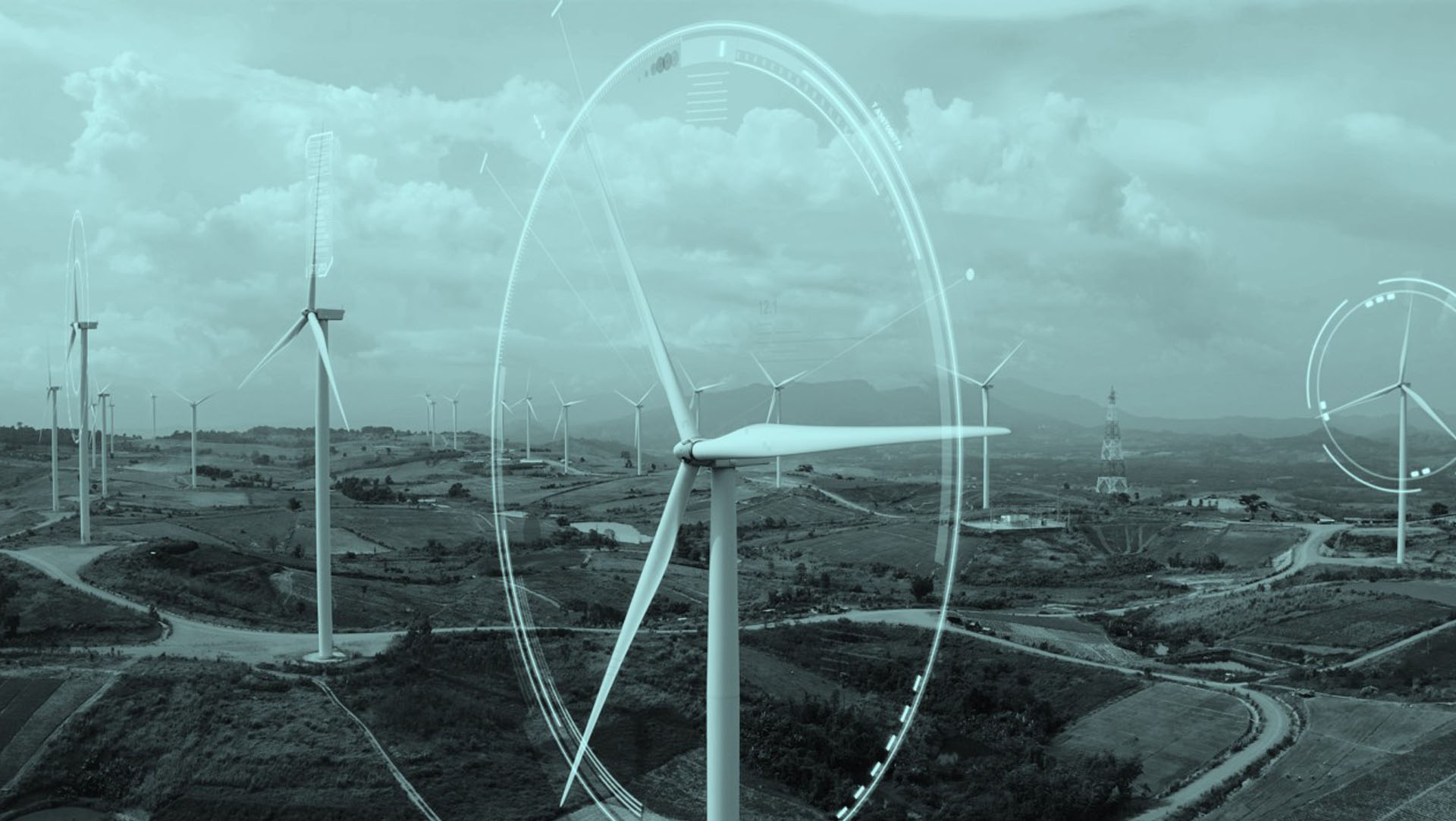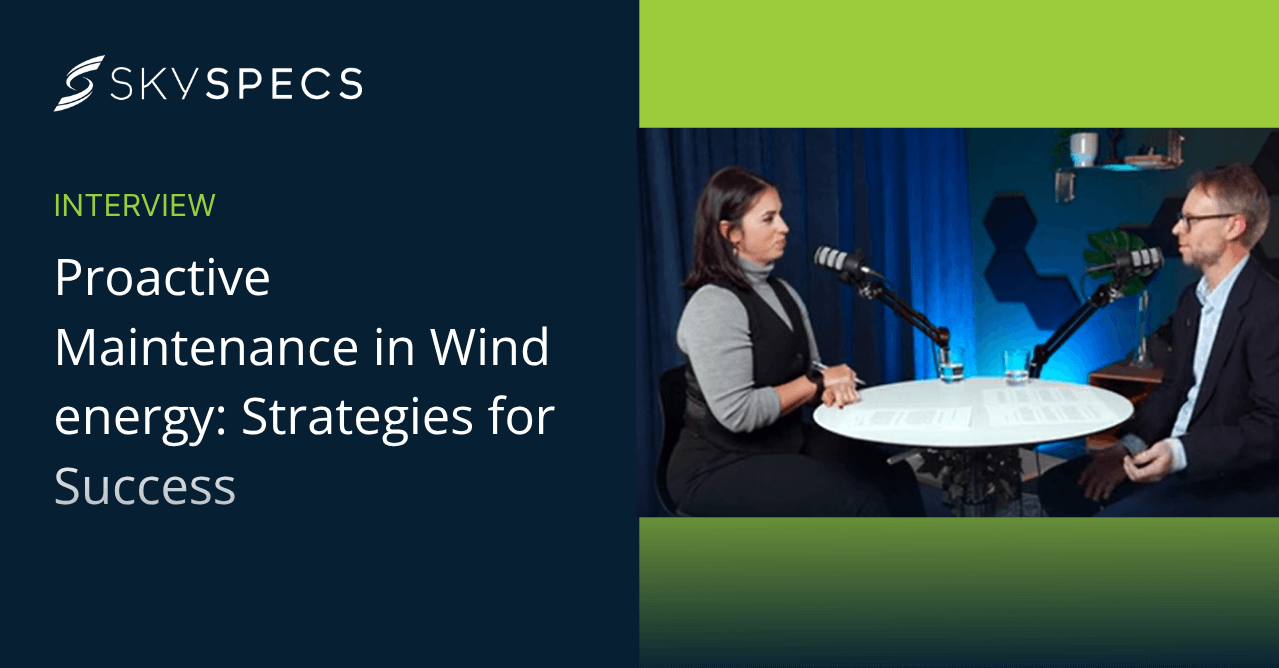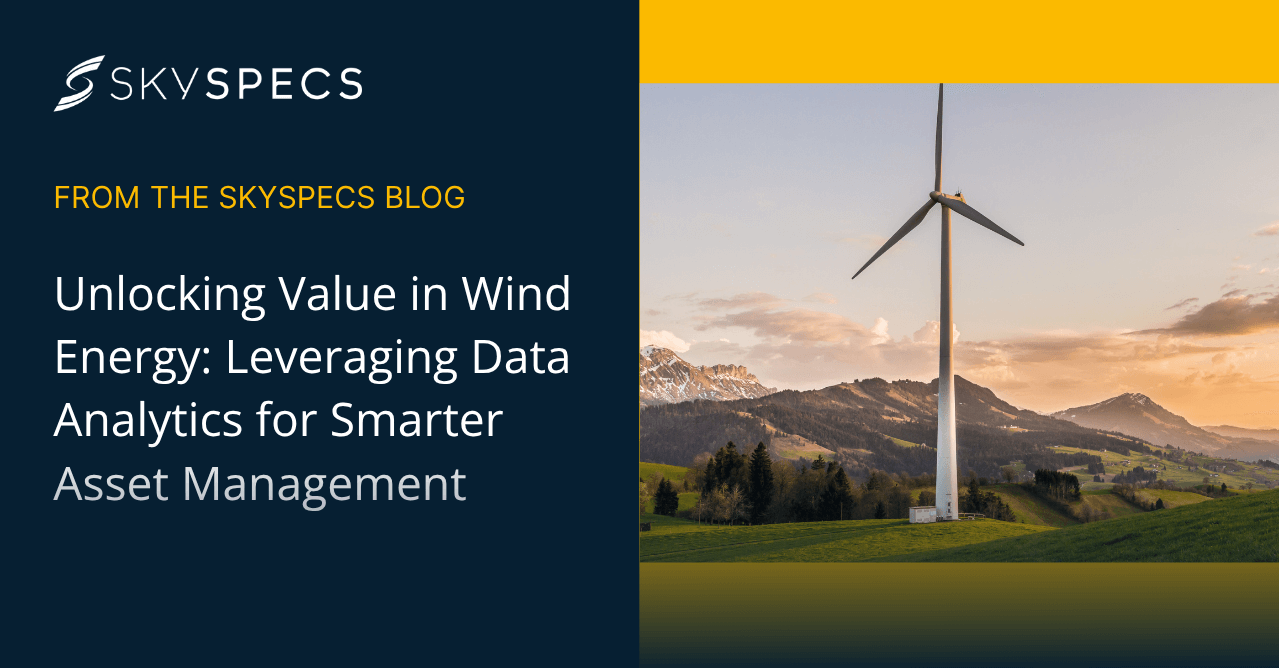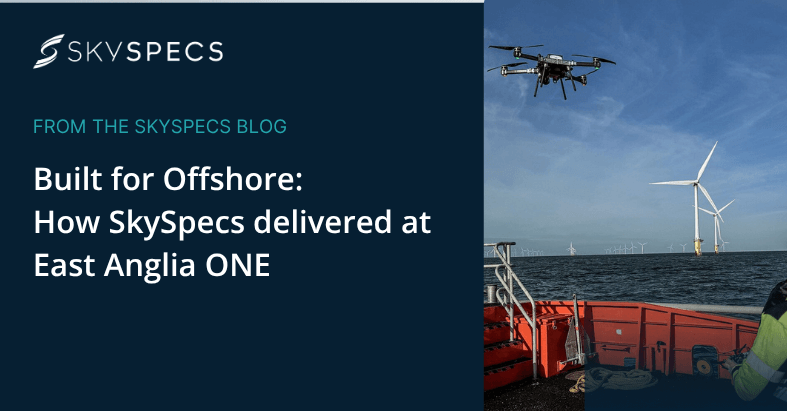I have heard many discussions on the subject of yaw misalignment during my career in the wind industry, and I would like to offer my opinion on this interesting and complex topic. Although there are surely cases where misaligned turbines should be corrected, I believe that claims relating to the severity and frequency with which yaw misalignment occurs tend to be inflated. Of course, it would be very attractive if a simple fix could significantly increase the output of all of our wind turbines, but I believe care must be taken here. We, as an industry, must not raise unrealistic expectations and spend time and money on activities that may not always provide a positive return on investment. The following are a few points that I think are important to consider:
Control and Complex Flow Conditions
Yaw misalignment is commonly defined as “static” (a constant offset between the wind turbine nacelle direction and the wind direction), and “dynamic” (an offset that occurs during the period between a change in wind direction, and the subsequent adjustment by the controller of the nacelle direction, through activation of the yaw drives). This is the simple version of a complex topic. In reality, we must consider:
- Some level of dynamic yaw misalignment is deliberate and required in order to prevent excessive loads on the yaw drive that would occur if the controller reacted immediately to every wind direction change.
- Some turbine designs deliberately incorporate a small static yaw offset. We should always keep in mind that a wind turbine in operation is not a symmetrical system – the blades always rotate in the clockwise direction, resulting in a complex helix-shaped flow field both in front of and behind the rotor plane. The stagnation point is unlikely to be directly in the center of the hub at all times.
- True flow conditions are highly complex, with transient effects such as turbulence and gusts as well as spatial effects such as shear, veer, and localized variation in speed and direction. The flow conditions are also likely to vary with wind direction due to topography effects and due to flow disturbance, such as wake from neighbor turbines. So, the probability of true “yaw alignment” being present at all times and under all conditions is extremely low.
The Business Case
Power loss due to yaw misalignment has been shown to be proportional to cos^2 x Theta, where Theta is the yaw misalignment angle. This means that a small misalignment of, say, 2 degrees results in a power loss of 0.1%, which is probably not measurable. Furthermore, it should be considered that the power loss does not equate directly to an AEP loss, since even a turbine with static yaw misalignment will achieve rated power above a certain wind speed.
Investments in detection and correction of yaw misalignment must therefore focus on more extreme cases. An extreme static misalignment of, say, 10 degrees will equate to a power loss of around 3% and an AEP loss of around 2.5%. This could be worth a yearly recurring revenue of around €12k for a 2MW turbine operating in Europe, so certainly worth going for. But we still have to carefully consider the cost of the corrective activity. Can we easily diagnose the root cause of the problem? If an adjustment to the sensor or the controller software is needed, do we have the required permission to perform such a change? Who will be responsible in case the change is not effective and actually increases loads on the yaw drive or on the whole turbine? If the cost of clarifying these issues and finalizing the correction is well in excess of the €12K yearly gain, then the amortization period could be several years.
Increasing Turbine Size and Advanced Control
As the size and rating of modern turbines increases, so too does the rotor diameter and swept area. The larger the swept area, the more the performance of the turbine will be influenced by complex, 3D flow effects. Transient and spatial variations in flow, as described above, are inevitable, and there is no true “alignment” – only the combination of nacelle direction, blade pitch angles, rotational speed, pitch, and converter control that yields the highest power output for a given set of ambient conditions. This is a highly complex optimization problem that cannot be reduced to a single yaw misalignment number. Fortunately, modern wind turbine control systems include intelligent feedback loops, so that the optimum control and power output can be automatically derived based on sensor feedback.
In Conclusion…
When dealing with the topic of yaw misalignment, we must focus our effort on detecting the more severe cases through the most cost-effective means possible. Once candidates for optimization have been shortlisted, we must then consider whether we have a clear plan for performing the necessary corrective action and then recalculating the performance. Finally, before going ahead, we must check that the overall cost of the correction is justified by the expected revenue increase. If a clear, positive business case can be demonstrated, then work should begin, and true financial gains can be made.
Lastly, on a personal note, I would like to add that wherever any of us work in the wind energy value chain – at a turbine OEM, a service company, a software developer, a consultancy, or a sensor provider – we share a common responsibility, which is to reduce the cost of renewable energy. These days this has become not only a matter of survival for our industry but also for our environment, so we must ensure that together we reach a consensus on how to get the most out of our technology. The notes in this article are based on my own opinion and experience, and any feedback or comments are more than welcome. If we can be open, transparent, and honest on such topics, we will certainly reach our common goals more efficiently.



